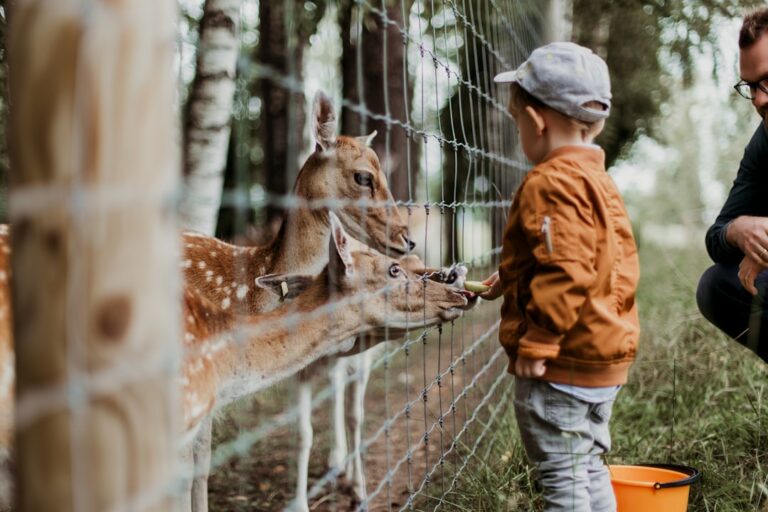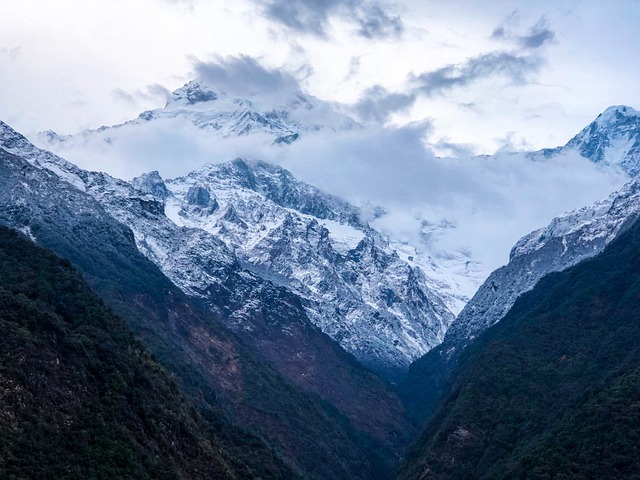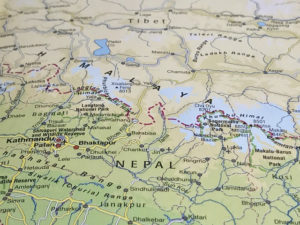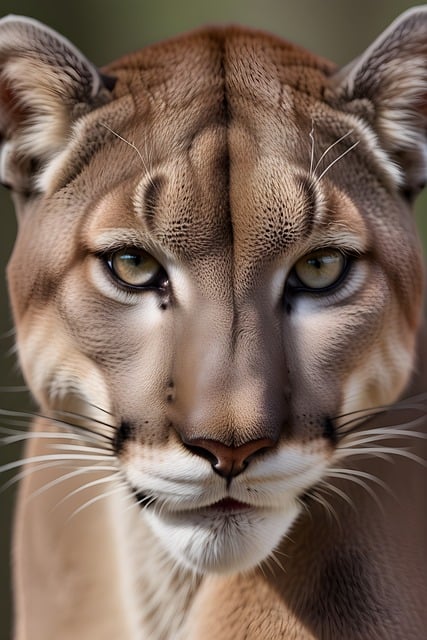Living Alongside Elephants
When observing elephants in the wild from a safe distance during a safari, their impressive size and unique features can be fascinating. However, for individuals residing near these animals, elephants can pose a significant threat.
– Elephants in African countries have seen a significant decrease in numbers over the years. However, conservation efforts since the 1980s have helped somewhat in their populations recovering. In Southern African countries, where half of the elephant population resides, their increasing numbers have started causing conflicts with humans.
Some countries have attempted to decrease their elephant populations as a consequence. In Botswana, home to the largest number of elephants globally, President Mokgweetsi Masisi has introduced contentious measures, such as encouraging hunting by wealthy tourists. Recently, he criticized the German government for contemplating a prohibition on importing elephant parts, warning that he might send Berlin 20,000 elephants.
The diplomatic spat may have grabbed attention, but it overshadowed the significant issues that elephants, rural communities, and conservationists are grappling with.
The text discusses the changes in elephant populations over time. It explores the historical fluctuations in elephant numbers and the factors contributing to these fluctuations. The text delves into the various reasons behind the increase or decrease in elephant populations, shedding light on the impact of poaching, habitat loss, and conservation efforts. It provides an insightful look into the trends observed in elephant numbers and the challenges faced in ensuring the survival of these majestic creatures.
– Elephant populations in Africa drastically declined between the 1970s and 80s due to overhunting and poaching for ivory tusks and meat. The World Wildlife Fund (WWF) reported that approximately 100,000 elephants were killed annually during that period. In the 1930s the continent was home to an estimated three to five million elephants, a number that had plummeted to 1.3 million by 1979, as stated by the WWF. Research spanning back to the 1500s reveals that elephant populations in Africa have decreased by around 98 percent.
– Elephant populations have been declining since 1979 until conservation efforts such as banning sales of elephant parts and trophy hunting stopped the decrease. Currently, Africa has approximately 415,000 elephants according to WWF estimates.
This figure remains lower than historical levels. The International Union for Conservation of Nature (IUCN) classifies the African bush elephant as endangered and the African forest elephant as critically endangered, indicating that they are still at risk of extinction.
The African bush elephant is a large creature that lives in the savannah grasslands of Southern and Eastern Africa. It makes up 70% of the total elephant population on the continent. Its relative, the African forest elephant, is found in Western and Central Africa. It can be identified by its smaller, rounded ears and short, pointed tusks.
– Botswana, Namibia, Angola, Zambia, and Zimbabwe have over half of Africa's bush elephant population. Botswana specifically has around 130,000 bush elephants, approximately half of all the elephants in the region. The country is vast but only has a two million population, similar in size to France, which has 67 million residents. In Botswana, there is roughly one elephant for every 15 people.
Zimbabwe boasts the second-largest population of bush elephants globally, estimated at approximately 100,000.
The Challenge of Rising Elephant Numbers
The increasing population of elephants has posed a significant challenge in various regions. While these majestic creatures are a critical part of the ecosystem, their growing numbers have led to conflicts with human communities and put pressure on the available resources.
One of the main reasons for this challenge is the shrinking habitat for elephants due to human encroachment and deforestation. As a result, elephants are forced to wander into human settlements in search of food and water, leading to property damage and sometimes even human casualties.
In addition, the high reproductive rate of elephants exacerbates the problem, as more young elephants are born each year without enough resources to support them. This leads to competition for food and space among the elephants themselves, further straining the ecosystem.
Overall, the rising numbers of elephants present a complex challenge that requires a multi-faceted approach to ensure the coexistence of these magnificent creatures with human populations.
– The feeding habits of the largest living land animals can significantly impact ecosystems throughout their approximately 60-year lifespan. According to researcher Lucy King from the non-profit organization Save the Elephants, elephants have minimal natural predators beyond humans to control their population growth, allowing them to reproduce rapidly.
– "When not interfered with, they reproduce quite easily, leading to a steady increase in their population due to their high survival rate," King explains.
– The population of Southern and Eastern Africa has doubled from 312 million in 1994 to 633 million in 2021.
– As the human population grows, wildlife habitats are being encroached upon.
– Settlements and farms are blocking wildlife access to water and food sources.
– Humans and elephants are increasingly encountering each other, leading to conflicts over resources. Herbivores searching for food may wander onto farms, damage infrastructure, or disrupt local communities. This often results in retaliatory attacks from angered residents, posing serious risks for both humans and animals.
As a result, humans and elephants are coming into more frequent contact and are clashing over the same resources. Foraging herbivores often roam onto farms, rip open thatch roofs on huts in search of food or cause damage to water pipes and other infrastructure. This has prompted angry locals to retaliate and attack them. Those interactions can be fatal for both man and beast.
– Climate change has led to elephants roaming farther distances in search of food and water due to scarcity in their usual habitats.
Zimbabwe is a region where conflicts between humans and elephants are on the rise, according to King.
Countries such as Zimbabwe and Botswana point to elephant overpopulation as the cause of conflicts, suggesting that by reducing their numbers, these clashes could be lessened. Nonetheless, some experts dispute this claim by highlighting that Africa once had a higher elephant population than it does now.
How Governments Addressed the Issue?
"Governments worldwide have implemented various strategies to address this pressing issue."
– South Africa, Namibia, Zimbabwe, and Botswana have attempted to decrease the elephant population in their regions, facing backlash from animal welfare groups for their methods.
– Culling is the intentional targeting and extermination of multiple animals, often including entire families at once.
– This practice gained popularity in the 1980s and 90s. In South Africa's Kruger Park, a culling campaign resulted in the killing of around 14,000 elephants from 1967 to 1995. However, the practice was banned due to a global backlash that African countries faced, including widespread calls for tourists to boycott countries that were culling elephants.
– South Africa defied the global outcry by lifting its culling ban in 2008. By 2021, Zimbabwe, which had previously killed around 50,000 elephants from 1967 to 1988, announced that it was contemplating reinstating the practice.
– Conservationists like King believe that culling elephants is seen as especially harsh due to their emotional intelligence and ability to experience trauma. In addition, she argues that this method is not efficient and is not a viable solution to resolving conflicts between humans and elephants.
Governments have also tried to sell some of their elephant herds, but animal welfare organizations argue that this could result in elephants being transferred to zoos and exploited for human amusement.
– In 2021, Namibia auctioned 170 elephants but only managed to sell a third, earning 5.9 million Namibian dollars ($400,000) from the sale. The auction faced significant backlash and negative press, which ultimately deterred potential buyers according to officials.
– Trophy hunting is another method to manage animal populations, where countries issue licenses to tourists, mostly from the United States and other Western nations, to kill a restricted number of animals in designated regions for their horns, skins, and tusks. Oftentimes, these hunters specifically aim for male elephants, known as bulls, due to their larger tusks.
Government officials and hunters in Southern Africa believe that hunting plays a crucial role in controlling the elephant population and generating income for nearby communities. This, in turn, motivates local residents to prevent illegal poaching and maintain a stable elephant population. The cost of hunting licenses can reach up to $10,000, varying based on the specific animal being targeted.
African governments frequently express frustration with Western countries criticizing their practices as unethical. This led to Botswana threatening to send 20,000 elephants to Germany. President Masisi of Botswana has strongly supported the reinstatement of hunting licenses. Upon assuming office in 2019, Botswana ended a five-year ban on elephant hunting.
Arguments against Hunting
Hunting has been a controversial topic due to its ethical and environmental implications. One argument against hunting is the impact it has on wildlife populations. As stated, "Hunting can lead to the depletion of certain animal species." This depletion can disrupt ecosystems and lead to imbalances in the natural world. Additionally, some argue that hunting for sport or recreation is unnecessary and can be considered cruel to animals. Another point raised against hunting is the potential safety risks involved, both for hunters and non-hunters. Accidents and injuries can occur during hunting expeditions, raising concerns about the overall safety of the activity. Overall, the arguments against hunting highlight the need for a careful consideration of its impact on wildlife and the environment.
Some conservationists dismiss the anger expressed by African governments.
“`markdown
Some conservationists dismiss the anger expressed by African governments.
“`
Ross Harvey, a wildlife economist at Good Governance Africa, criticizes trophy hunting as a shortsighted practice used to justify and conceal the lucrative business behind it. He highlights that the money generated from trophy hunting mainly benefits wealthy business owners of hunting companies rather than contributing to conservation projects.
– "The amount of money that actually goes towards conservation is unclear, as is how much ends up benefiting the local community," he explained. "Now that the elephants are gone, there are negative consequences due to the removal of the bulls, usually in their prime reproductive years."
– Older male elephants frequently mentor younger ones, showing them how to locate food and water, as well as proper behavior. It has been observed that when these senior elephants are removed from the group, younger males may display aggressive behavior (Source).
"My expectation is that there will likely be a rise in conflicts between humans and elephants. When you remove the bulls that play a disciplinary role in the herd, incidents of crop raiding are more likely to go up, rather than down," explained Harvey.
The Solution
The answer to the problem is…
– Harvey suggests that despite the increase in elephant numbers since the 1990s, the main issue is not overpopulation. Instead, it is humans blocking connecting land strips or corridors that elephants and other wildlife rely on for migration to find food and shelter. By opening up these spaces, he believes that human-elephant interactions can be minimized.
> "If you shoot them, you just exacerbate the problem," he says.
When it comes to preserving wildlife habitats, there are only two essential solutions. According to King, the first solution is to create breathing space for animals. This can be achieved by removing fences that restrict elephants and other creatures to small areas. By doing so, animals can have access to larger territories where they won't deplete the vegetation too quickly. It's crucial to strike a balance between protecting wildlife and allowing them to roam freely without being confined.
In northern Botswana, an initiative known as the "*Eco-Exist Project*" collaborated with locals to recognize and mark more than 60 elephant corridors in the expansive Okavango Delta region. Afterwards, these corridors were studied and village layouts were redesigned to ensure that farms, houses, and other structures were situated away from these designated "elephant highways."
It is currently uncertain to what extent this project has decreased human-elephant conflict, but approximately 65,000 hectares (160,600 acres) of farmland owned by 500 farmers have been safeguarded. These farmers have come together to utilize shared farm areas, enclosed by fences or crops like chilli, which elephants tend to avoid.
Finding Alternative Solutions
One approach is educating individuals on coexisting peacefully with wildlife. Research conducted in southern Kenya has provided some success in using natural methods to deter elephants from encroaching on communities and farmlands.
– When sound recordings of swarming bees were played, King observed that elephants would quickly disperse. To address this issue, she began researching beehive fences as a practical solution for rural communities. Farmers can easily construct these fences using poles to house the hives. Women are then responsible for harvesting the honey, providing an additional source of income. This approach has been successfully implemented in 17 African nations and several parts of Asia.
"We're very proud of it… and it's fully open source," King says. "We allow people to access the manuals, create their own bio fence project, and take it from there. And the most fascinating part is that it's effectively being applied in various locations."
– The method is limited to small land areas only.
– Drought poses a threat to the success of the method due to its unfavorable conditions for bees.


























